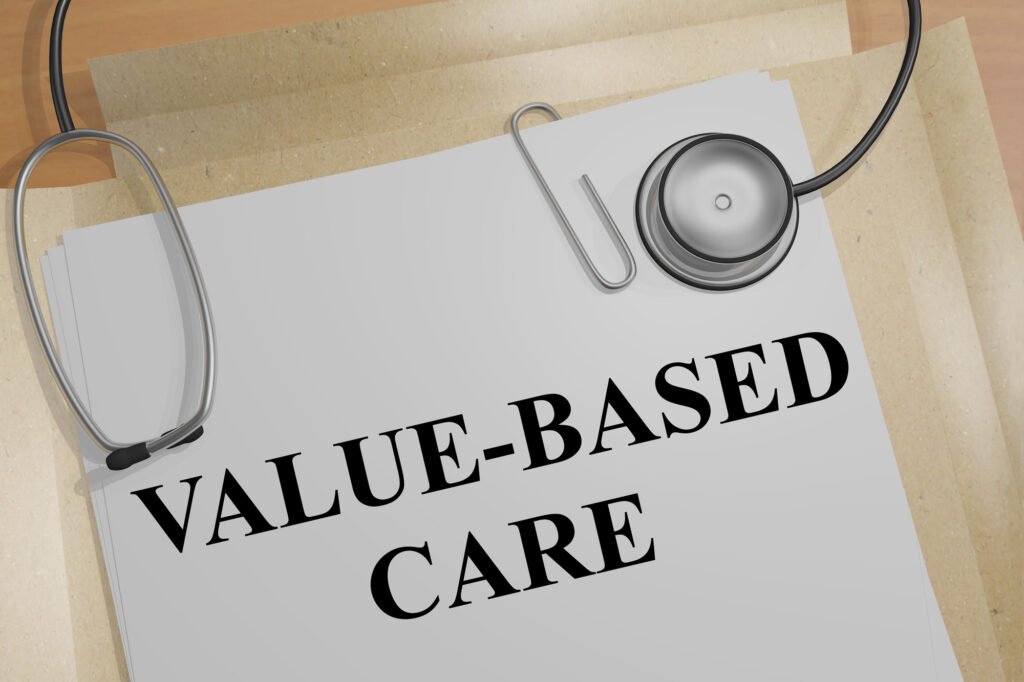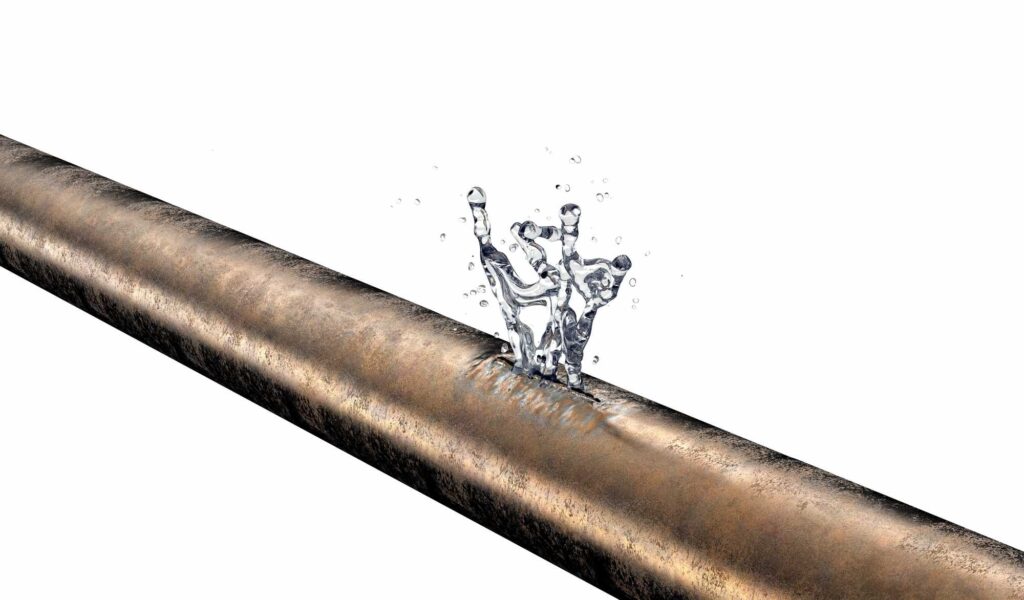Effective chronic disease management is the backbone of value based care and will be increasingly important in the coming decades. Value Based Care (VBC) has been getting a lot of press lately, currently it still represents a small fraction of revenue. This will likely be changing in the coming years as insurers look to reduce total spend and Medicare contracts with private enterprise increasingly rely on better chronic disease management to reduce complications.
Effective chronic disease management requires higher patient engagement and more frequent monitoring. These things typically require more time from clinical staff. There are increasing options to utilize different technologies to implement these programs, alleviating the burden on clinical teams while allowing them better insights to patient’s condition and better information to more effectively and quickly respond to changes.
There are a myriad of companies and apps promising to revolutionize chronic disease management, but how do they integrate? Does the intervention need to be all that complicated? What works for your patient population? If what works for your patient population is not available on the market today, can you effectively integrate remote monitoring technologies into your current environment?
Why do nurses always ask so many questions?!
Who knows your population better than your team of clinicians that works with them every day? They know what works and what doesn’t, the challenges patients face, the challenges they face in their daily practice. Building a whole platform can be complicated, and sometimes unnecessary. Monitoring weight for your heart failure patients can be accomplished with a scale, does the scale need to be connected? With that there will be a thousand more questions about the ability of the patient to have a connected device, want to know all the troubles? Ask the clinical staff, they already know, they’re already helping patients address these challenges.
Clinical teams can help get a remote monitoring program off the ground fairly quickly. The challenge? Getting the integration right. Rather than setting up a blue tooth connected scale, maybe it’s more effective to just text the patient every day and ask their weight. Simple, easy reminder, intuitive to use, doesn’t require a lot of support to get and stay connected.
Sometimes there is a ready made app for that. There’s an app for everything! Integrating and managing these different applications can be cumbersome. It can be beyond the expertise of IT teams who are focused on support and physical infrastructure. Poorly executed integration and support can reflect poorly on the organization, from the patient perspective and the clinician’s.
Getting the workflows right is key to digital adoption and getting the most out of IT investments. Partnering with clinical teams to get this right is key to a successful program, making sure information is going to the right place, getting to the right people, and being addressed in a timely manner.
Tido Inc. can help with a variety of digital packages, services like digital app management, custom mobile and web applications and EHR integration. For over ten years we’ve been partnering with health systems and practices on digital strategy, and systems monitoring. As more pressure is put on revenues, leveraging the most out of the current IT infrastructure will pay bigger dividends down the road, contact us and we’re happy to see how we can work with you.







